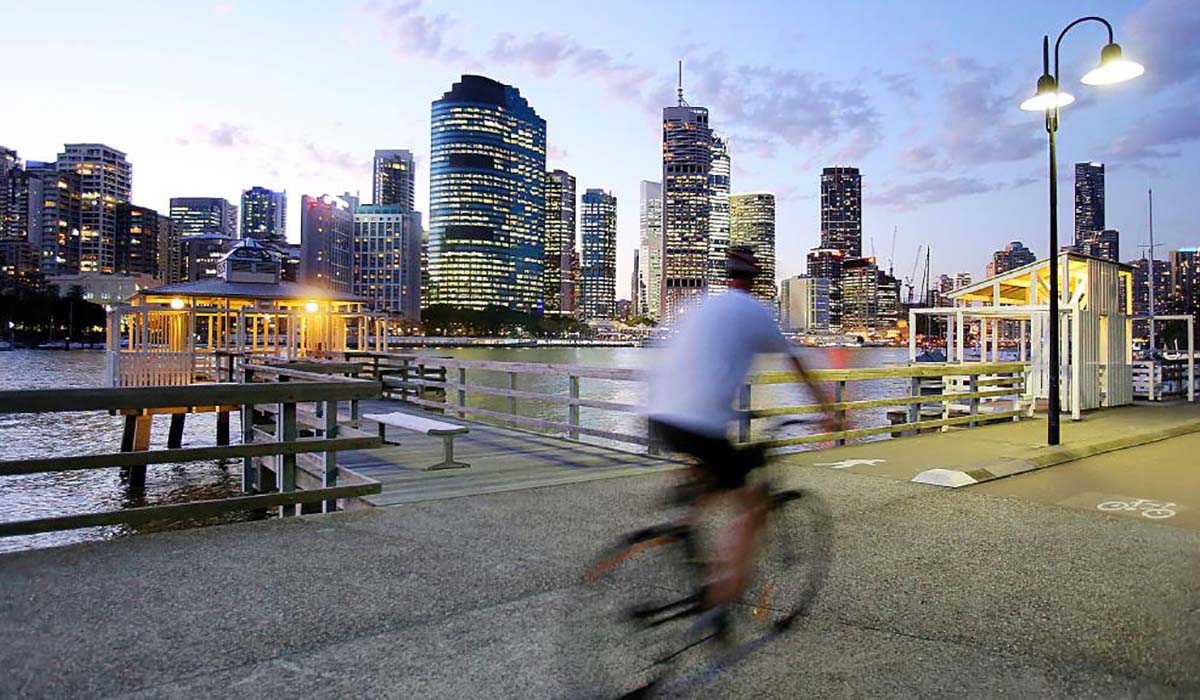Capital city dwelling growth shot up a staggering 39 per cent in the three years from the end of December 2008 – the time Australia began emerging from the GFC.
In regional areas, dwelling values skyrocketed a whopping 65 per cent, according to the joint study from Property Investment Professionals of Australia (PIPA) and CoreLogic.
But they cautioned that history was not an accurate predictor of future market behaviour.
Regional market values were driven heavily by the resources boom, and some years later values slumped as the boom subsided.
Within and across capital cities, the performance varied with some inner suburbs besting the outer and vice versa.
So what can we read from this walk down memory lane?
PIPA Chairman Peter Koulizos said the research showed the resilience of Australian property prices during turbulent times.
While prices are expected to stand firm over the medium-term this time around, the best performing locations may be very different to what has occurred in the past, he said.
“The way that people work will likely change significantly post-pandemic and this will have an impact on less traditional property investment locations,” said Mr Koulizos.
“Lifestyles will undoubtedly change, which will make living outside the inner-city more appealing.
“If you don’t have to go to the CBD every day for work, because you can work from home, then you don’t have to live near it.”
Check out the #5 Brissie burbs that bounced back strongest in the three years post the GFC.
Capital growth increases from December 2008 to December 2011:
- Rochedale 14.1%
- Macgregor 9.4%
- Alderley 9.2%
- Shorncliffe 8.8%
- McDowall 8.5%
Think you know good value when you see it? View our current listings for sale or talk to us about selling.
